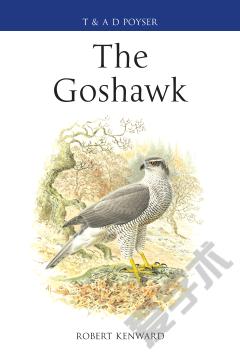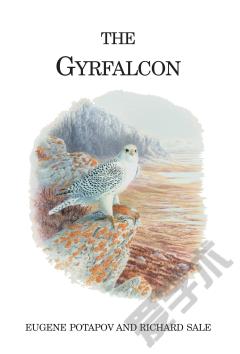The Goshawk
Your first encounter with goshawks (Accipter gentilis) often leaves an impression that lasts a lifetime, especially if it involves being attacked by an angry female as you approach too close to her nest. I still clearly remember my first encounter when, as a 7th grader, I was invited to the field by two falconers who were hunting a brace of goshawks (i.e., two birds hunting simultaneously) in the scrub oakcovered foothills just west of Denver, Colorado. Both birds sprang from the falconer's fist as a cottontail rabbit (Sylvilagus nuttallii) darted through the scrub oak. The inexperienced juvenile goshawk tried to follow the rabbit's every move until a quick 90� turn left the young hawk grounded below a wire fence. Meanwhile, the other goshawk, an experienced six-yearold female, gained elevation to watch the action. The female then began a powered dive that was perfectly timed to the moment the rabbit tried to shoot across a small opening. She struck the rabbit with such force that both predator and prey tumbled and crashed through the surrounding brush. Goshawks have also left their impression on human history, riding on the fists of Japanese shoguns as status symbols or when providing game to the family cooking pot of 18th century falconers. Therefore, it is fitting that a treatise on goshawks be written by a scientist whose life experience extends beyond scientific inquiry to include a visceral and heartfelt relationship with the species. Robert Kenward's handsome book The Goshawk is such a work.
{{comment.content}}








 京公网安备 11010802027623号
京公网安备 11010802027623号